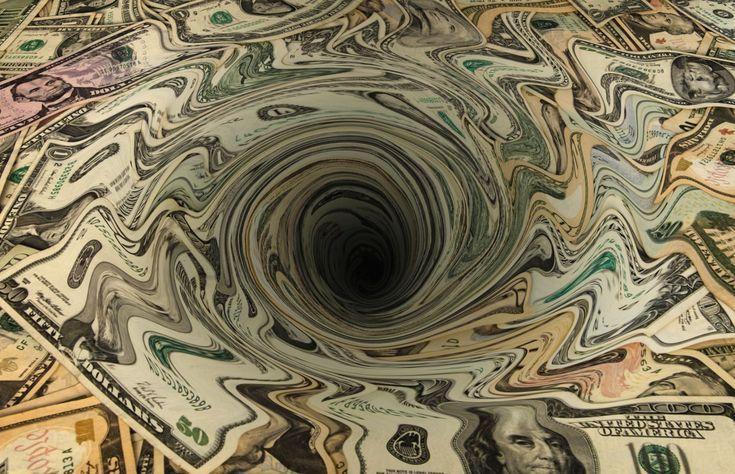
When the world goes through economic or political crises, what is called "safe havens" emerges, to which all investors turn when crises occur. One of the most prominent of these safe havens is the dollar. The dollar has gained its strength from several aspects, the first of which is that all commodities and metals are priced in the financial markets in dollars, such as oil, gold, silver, and even food commodities that are traded in the financial markets. Therefore, to obtain them, one must possess the dollar. This is on the one hand, and on the other hand, the strength of the American economy (the country of origin of the dollar). The United States is the largest economy in the world, and therefore many governments and financial institutions invest in American bonds of all kinds, which also benefits the dollar and provides it with further support.
Therefore, when a crisis hits the financial markets, investors' appetite for riskier assets such as stocks and others declines, and they turn to the dollar, which is considered a safe haven. It's no wonder, then, that there is an inverse relationship between the dollar on the one hand and stocks, oil, and gold on the other. However, the strength of the dollar has recently begun to weaken significantly, and as a result, gold has begun to stand out as a safe haven.
There's no doubt that the dollar index's more than 11% decline since the beginning of the year, despite the crises that have swept the markets, clearly reflects that the dollar's luster during crises is beginning to fade. This weakness may stem from a shift in the world's perception of the dollar, which, it appears, will not be short-lived. Furthermore, any further interest rate cuts will deepen the dollar's decline, which has not even been able to catch its breath during the current market crisis.
As the saying goes, one man's misfortune is another man's gain. Gold, as a safe haven, has been in high demand, both from central banks, which have been increasing their holdings of the yellow metal for years, and from investors, both financial institutions and individuals. Since the beginning of the year, gold has risen twice as much as the dollar index, reaching historic highs of more than 34% to $3,500 per ounce. This, it seems, will not be the final stop on its upward trajectory.
One of the most prominent reasons for the dollar's decline is the rift created by the United States with the rest of the world when it imposed severe sanctions on Russia during the latter's war in Ukraine. Western countries followed suit, with these sanctions varying between asset freezes and seizures. Some countries believed that their investments in US bonds or assets might one day be threatened by a freeze or similar action, similar to what happened to Russia. And just as misfortunes never come singly, as they say, the tariffs imposed by President Trump on more than 180 countries around the world overnight contributed to deepening the rift between the United States and the rest of the world.
According to the International Monetary Fund, the currency now represents approximately 59% of global reserves, down from over 70% at the beginning of the century. With some countries' holdings of US bonds declining, this will not be in the dollar's long-term interest. As the saying goes, once trust is lost, it never comes back. Despite this, the dollar's dominance remains, but its long-term luster has begun to fade due to unpredictable US decisions, a fact that is largely evident to anyone following market movements.


